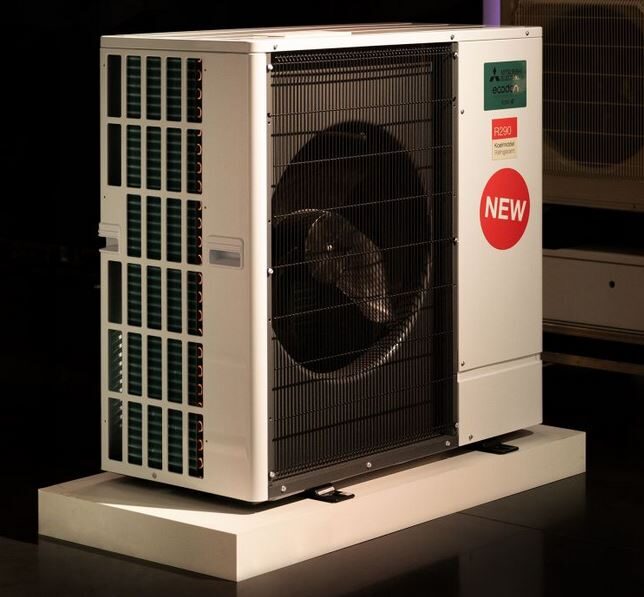Scientists from India have researched the impact of different laser fabrication energy levels on the photovoltaic properties of bilayer thin films made of bismuth ferrite (BFO) and tungsten trioxide (WO3)
They have investigated the BFO/WO3 combination to assess the aggregate benefits of the two compounds, in terms of multiferroic and insulating properties.
“The high leakage current of BFO thin films is a major concern while handling it for device applications,” the group said. “Fabrication of bi/multilayer thin film of BFO with other materials to provide an insulating intermediate layer, has been put forward to resolve this problem.”
To analyze the properties of the bilayer thin films, the researchers initially deposited WO3 nanostructures onto silicon corning and indium tin oxide (ITO) substrates coated with glass. They then grew the BFO thin film layer over the nanostructures using the Pulsed Laser Deposition (PLD) technique, employing various laser energy levels ranging from 150 mJ to 250 mJ. PLD is a method used to precisely control the composition, structure, and thickness of thin films.
After comparing laser energies of 150 mJ, 175 mJ, 200 mJ, 225 mJ, and 250 mJ, the scientists determined that 200 mJ stands as the optimal standard for producing these films. They observed that, when exposed to light, the BFO/WO3 bilayer with a 200 mJ laser energy exhibited an open circuit voltage of 320 mV and a short-circuit photocurrent density of approximately 18 mA/cm^2.
“The enhancement in the PV response obtained at 200 mJ sample may be due to the better crystallinity, lower band gap, least leakage current density, high value of polarization,” the scientists explained in “Studies on photovoltaic properties of BFO/WO3 bilayer thin films for solar energy harvesting applications,” which was recently published in Results in Optics.
Regarding electrical leakage, the 200 mJ BFO/WO3 film displayed superior performance under an applied voltage of approximately 2 V. In terms of crystallinity, it outperformed the other examined laser energy levels, featuring a BFO size of 33 nm, a WO3 size of 28 nm, and a grain size of 25 nm. Additionally, it exhibited the lowest energy bandgap, measuring 2.3 eV for the BFO and around 3.3 eV for the WO3.
“The enhanced photovoltaic response at 200 mJ may be the consequence of enhanced crystallite sizes, lower band gap, reduced leakage current, and larger values of remnant and saturation polarization,” the researchers concluded.
This content is protected by copyright and may not be reused. If you want to cooperate with us and would like to reuse some of our content, please contact: editors@pv-magazine.com.



By submitting this form you agree to pv magazine using your data for the purposes of publishing your comment.
Your personal data will only be disclosed or otherwise transmitted to third parties for the purposes of spam filtering or if this is necessary for technical maintenance of the website. Any other transfer to third parties will not take place unless this is justified on the basis of applicable data protection regulations or if pv magazine is legally obliged to do so.
You may revoke this consent at any time with effect for the future, in which case your personal data will be deleted immediately. Otherwise, your data will be deleted if pv magazine has processed your request or the purpose of data storage is fulfilled.
Further information on data privacy can be found in our Data Protection Policy.